Eleven plants for
dum-dums & cool ppl
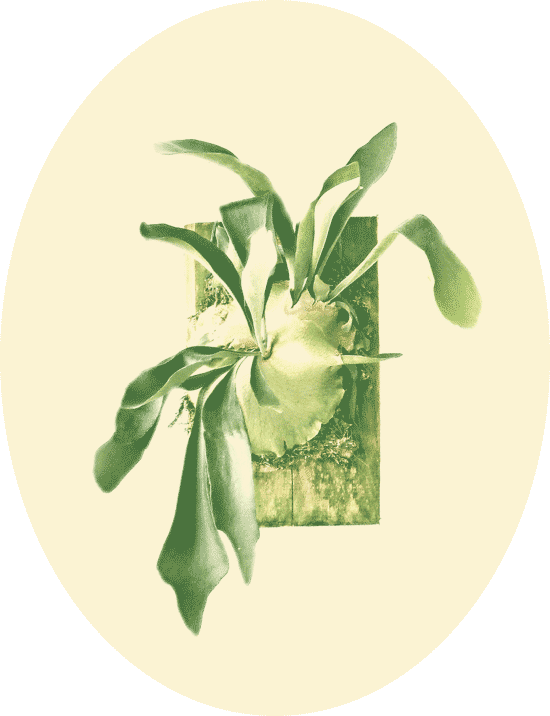
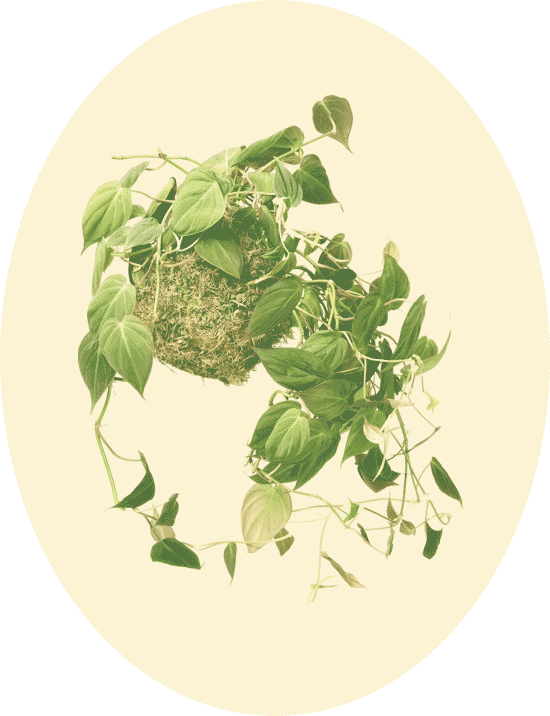


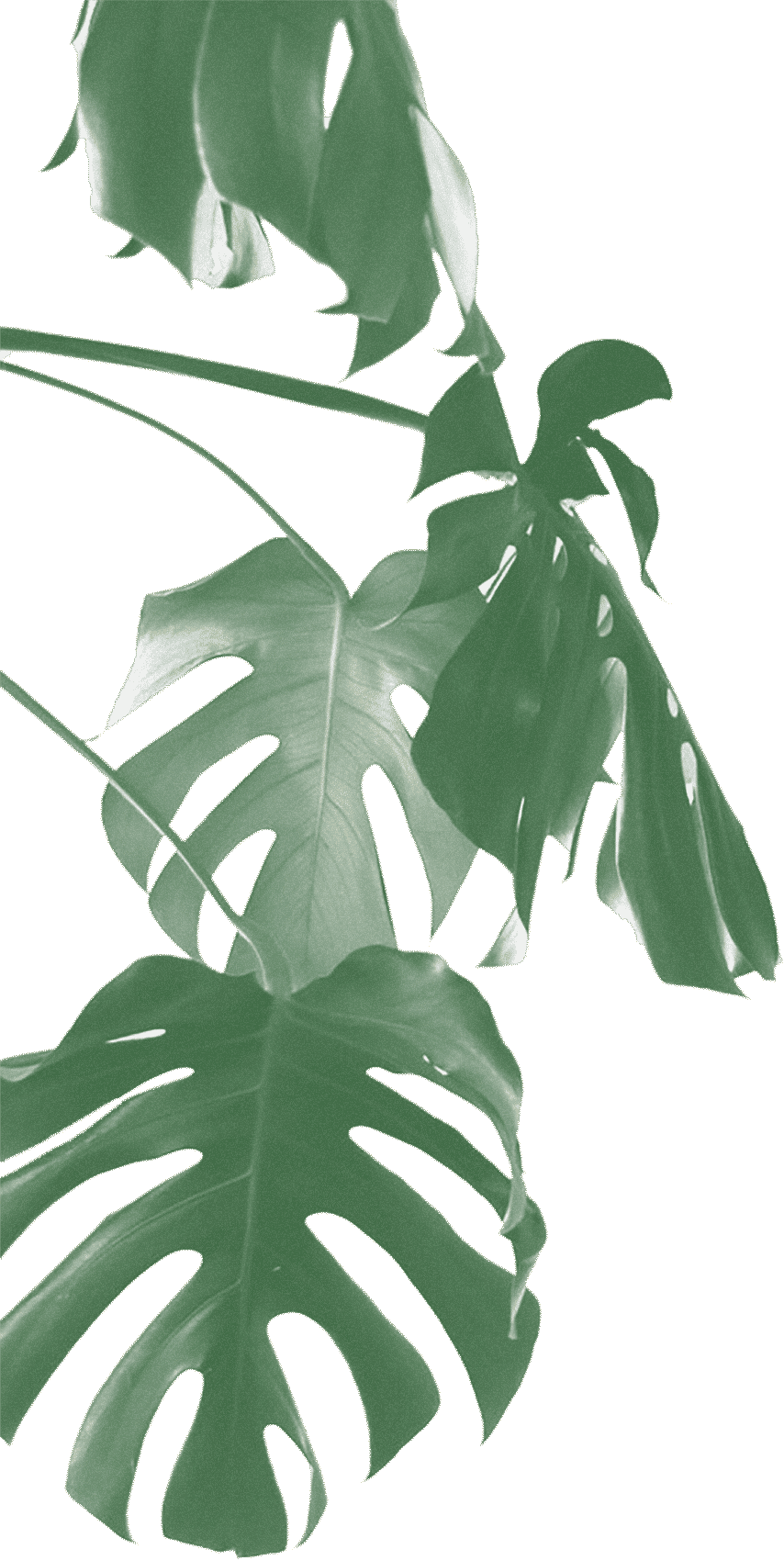
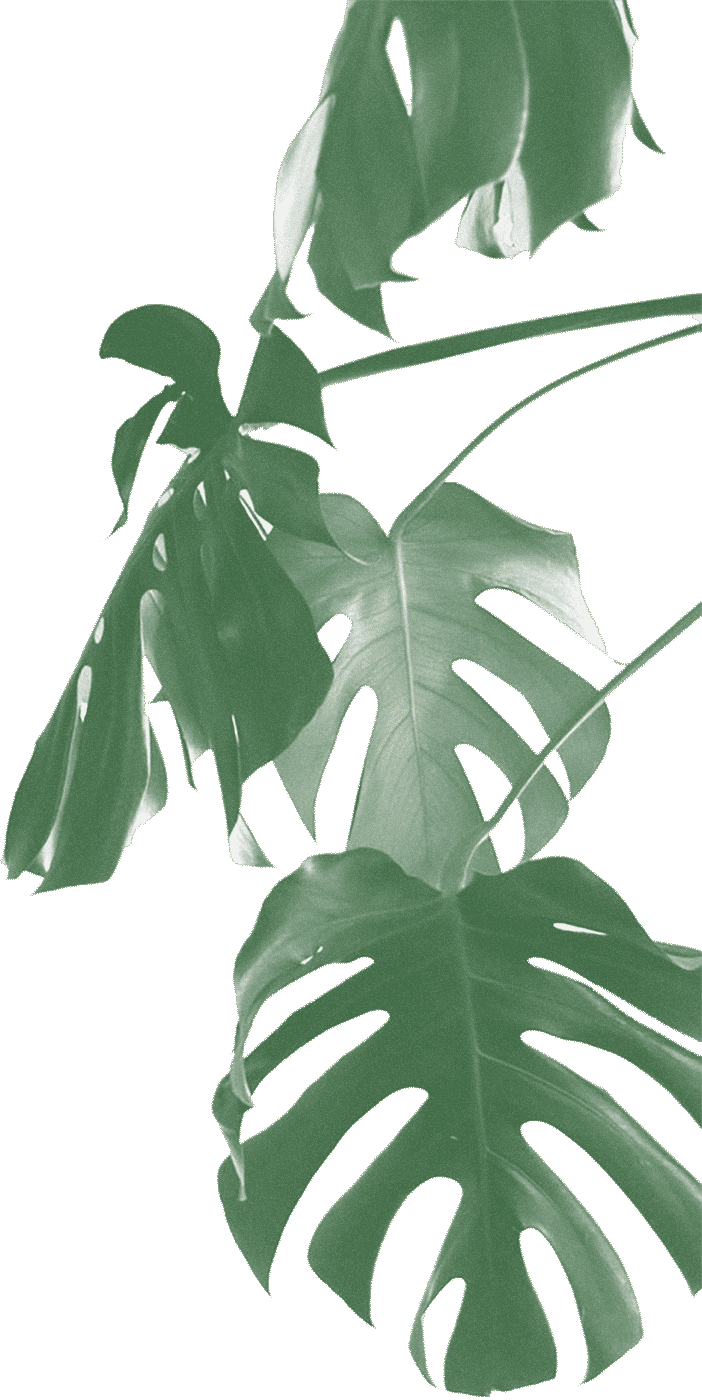
This tropical is known for its huge, bright green, & handsomely notched leaves. It's dense shape will begin to stretch and climb a supporting structure over time. AKA Split Leaf Philodendron.
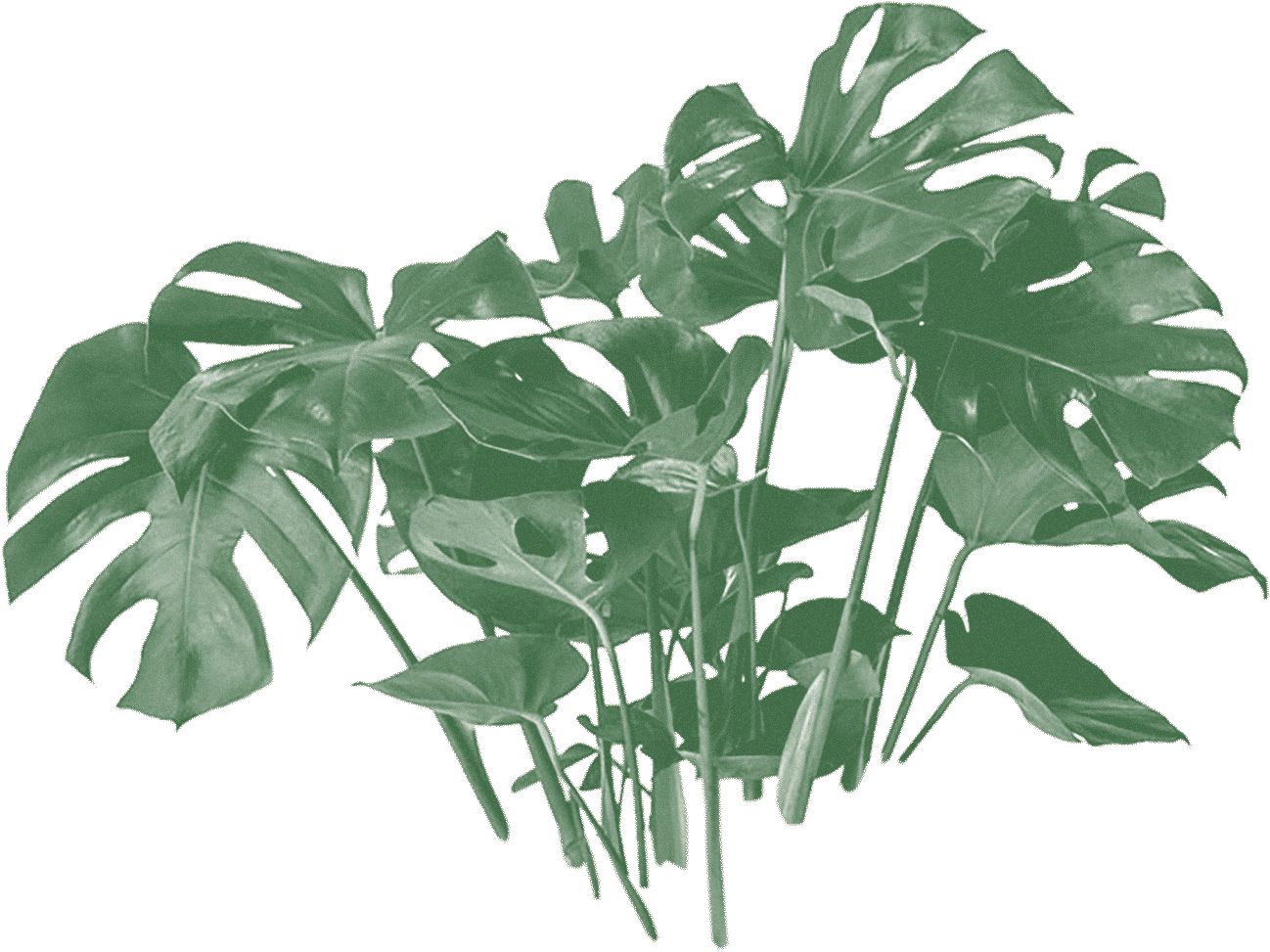
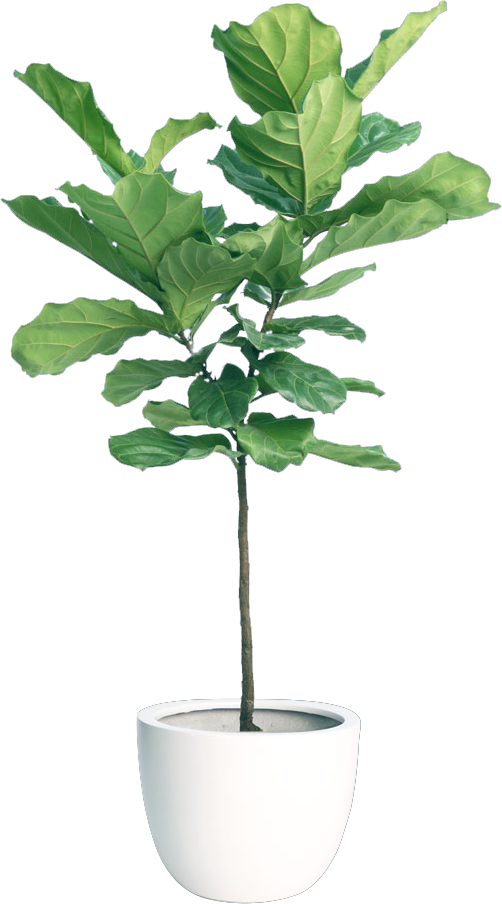
Also known as the banjo fig or the Wilson plant, this plant is is native to Africa. In its native habitat, it may grow to 100' tall. Inside a house, the Fiddleleaf is ideal for a floor container where it can grow to 6' or more.
Keep your Fiddleleaf in bright, indirect light. You want it to have a lot of light, but not in a window blasted by direct sun. Keep soil moist, but don't allow it to sit in water or it will lose leaves and suffer root rot.
Yes, yes, it's also known as a rubber tree when it gets big. These plants look great at any size: from a small plant on your windowsill to an 80 foot rubber sap producing behemoth in your backyard. Easy to grow, the worst you can do is over-water, move the plant around too much or not give the plant enough sun or warmth or music. Ficus elastica will forgive you though.
This is the most popular indoor palm and is native to the rainforests in Southern Mexico and Guatemala. It grows (slowly) to a manageable height of approximately 2–4 feet.
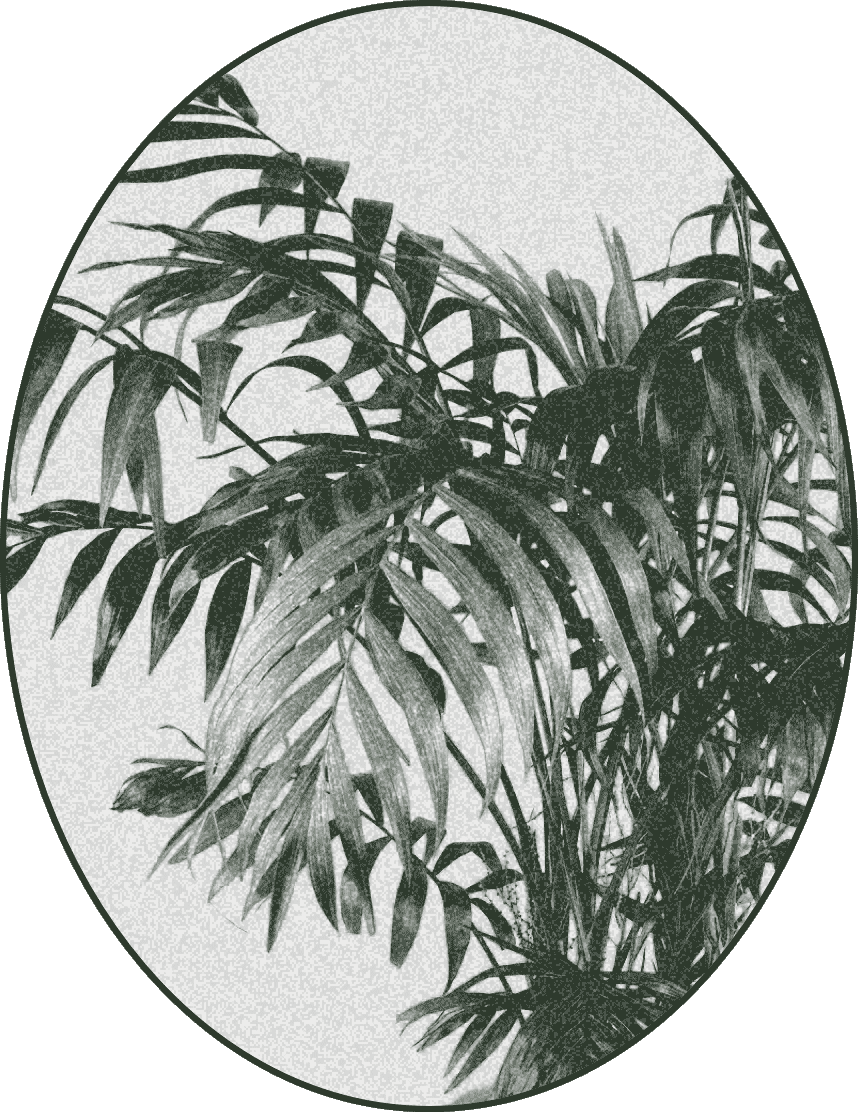
This palm tolerates low light and colder conditions well. Allow for good drainage and give the plant a small amount of water once the soil starts to dry. Occasionally mist to convey your love.
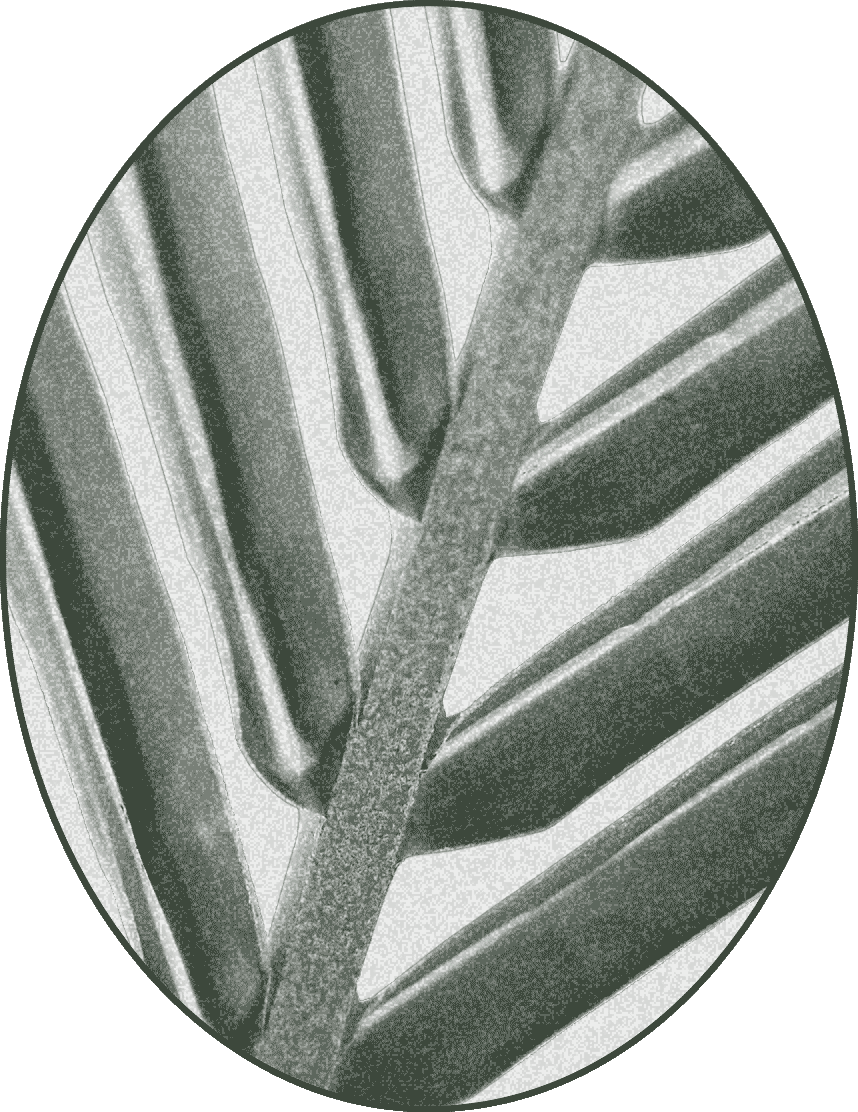
Handsome, arching, pinnate leaves, lend a tropical flair to indoor locations. Remove occasional brown leaves (normal) by trimming. If they are also rotting, you could be over-watering.
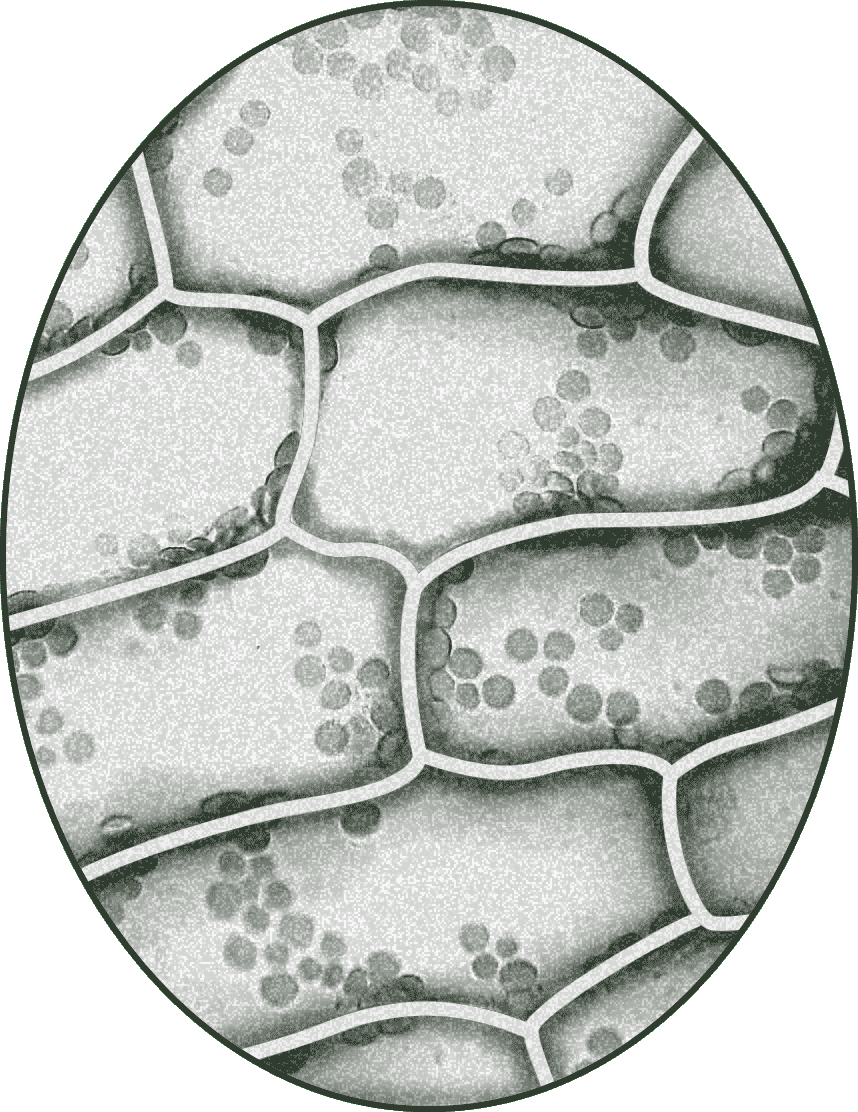

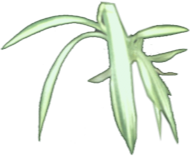
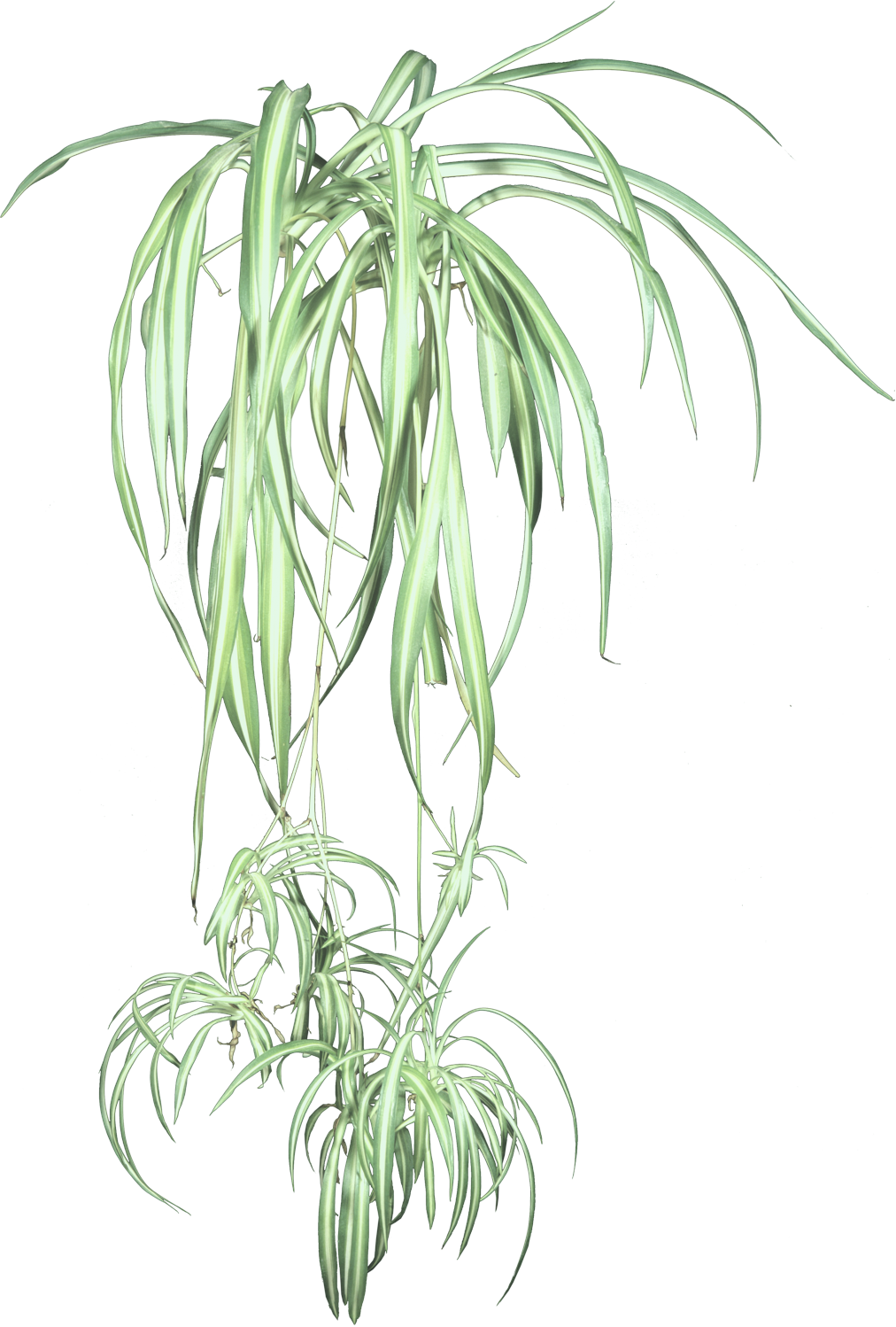

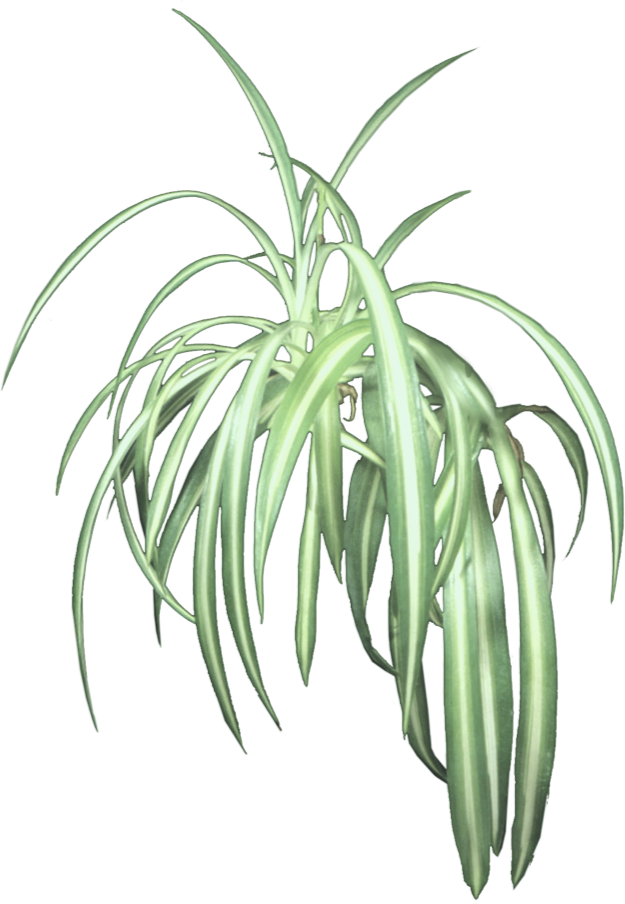
Native to South Africa, the spider plant looks more and more amazing with every “baby” that branches out from the plant’s core. The plant is ideal for hanging containers and is does wonders to purify the air of the room it’s in. Go light on the fertilizer as heavily fertilized plants may not form as many new babies.
This fern produces distinctive fertile fronds resembling the forked antlers of a stag. It is native to Southeast Asia, Polynesia and Australia, where it is typically found growing on tree trunks and branches. It likes bright indirect light but avoid full sun. Mist crowns regularly, allowing roots to dry slightly between waterings. Roots must never be allowed to dry out. Occasionally immerse entire root ball in water for a few minutes and then drain. Take your fern on quiet sunset strolls around the block in summer months.
Even the most egregious plant-killer can keep a Philodendron alive — a plant that seems to thrive on neglect. The plant is easy to grow and it looks fantastic. Pro-tip: Pinch off the growing tips on the vines to encourage the plant to better fill out.


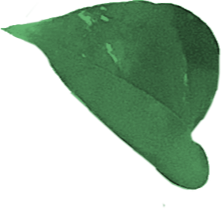




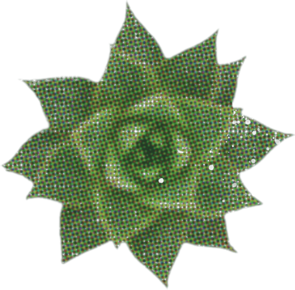



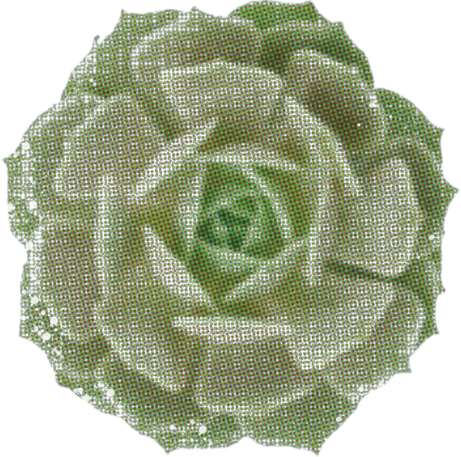

There are too many amazing varieties of succulents to narrow it down to just one. Echeveria is a genus native to semi-desert areas of Central America. But like succulents from around the world, be sure to provide maximum sun, minimal movement, and water sparingly.
On
With no shortage of nicknames (AKA Mother-in-Law's tongue), the Snake Plant grows fast with lots of indirect light, but it can tolerate darkness — just watch out for root rot caused by overwatering.
In general, air plants need bright, indirect light. They love the occasional misting, as well as being submerged every couple weeks for 10 minutes. Be sure to flip your air plant and gently shake out excess water. The plant hails from the highest branches of trees in Mexico, Guatemala and El Salvador. Not as hot as in 2011, but still hot.
I know, I know, it's not a plant, It's a fungus. But you know, Shiitakes are so damn cool, I'm going to predict they'll gain a place on your windowsill by 2021. windowsill. All you need to grow these beauties is a fresh oak log and some spore plugs. Logistics of keeping them inside might be tricky, but you can do it, you're resourceful!